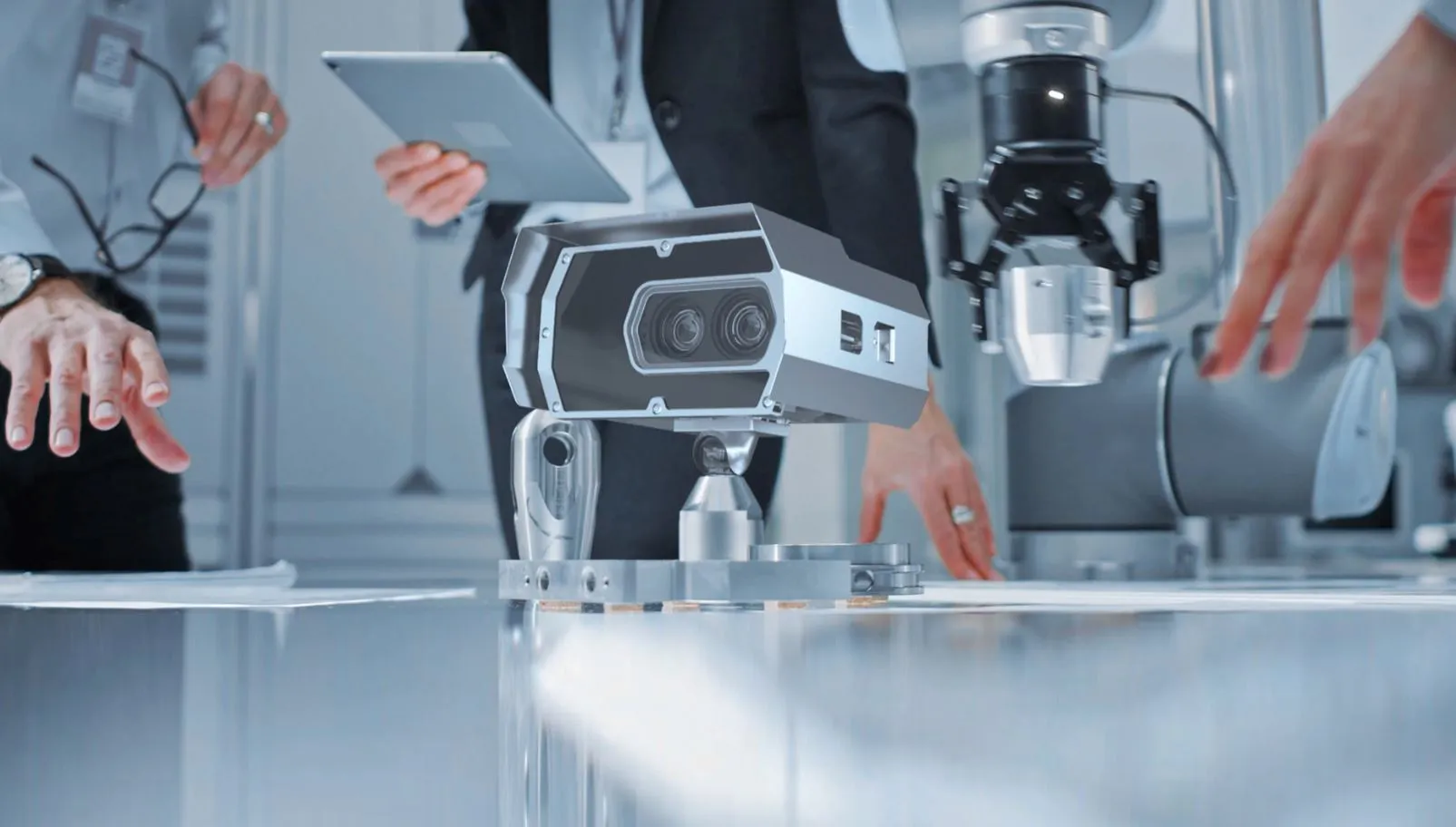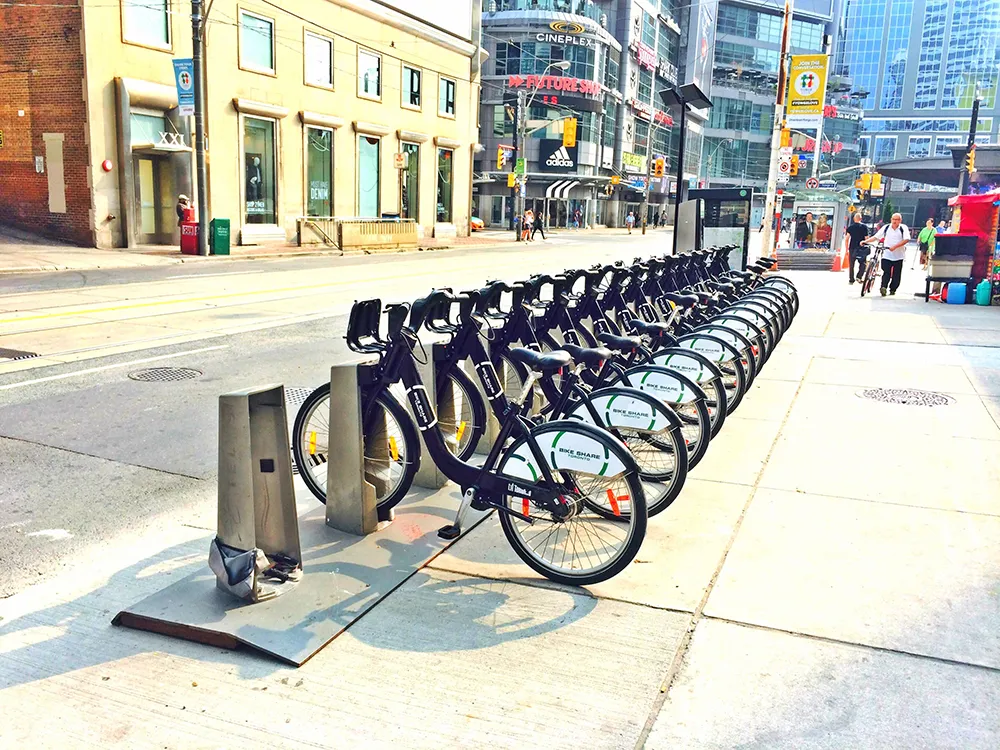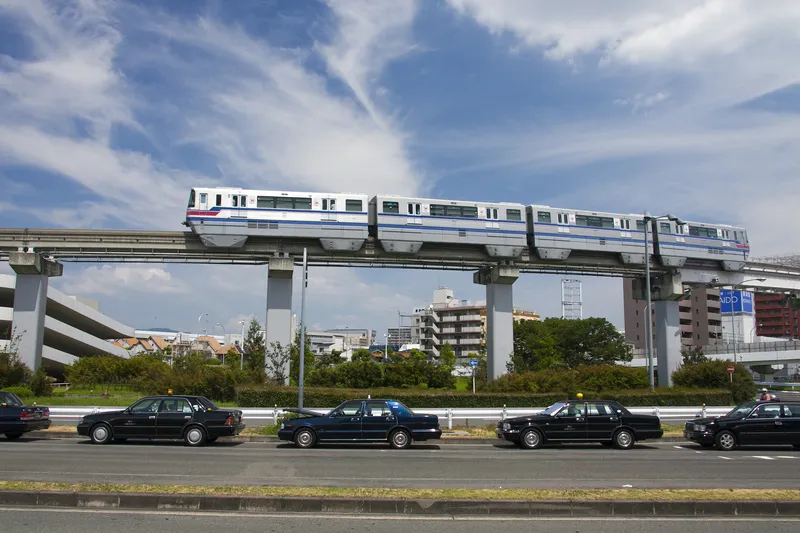
A long-established player in licence plate recognition technology, Adaptive Recognition says it has decades of hands-on experience with traffic monitoring problems the market needs solutions for. The company is familiar with the practical challenges involving set-up and installation, and the either/or decisions integrators face, often resulting in unwelcome compromises.
Vidar, named after the ‘Silent God’ of Norse mythology, has been developed with such real-life needs and challenges in mind.
First, Vidar models come equipped with a novel built-in laser trigger. This physical trigger joins forces with two software-based ones. Each of these three triggers works adequately on its own, but their combination in a single device ensures never-before-seen precision and reliability in capturing every single vehicle that passes by.
Second, thanks to having two processors on board, Vidar is powerful enough to cater for ANPR and make and model recognition without compromising speed, image quality, or quantity.
Third, Vidar features a dual optics system, meaning two separate cameras with varifocal lenses and color sensors in one single device. This adds the practical benefit of fully customisable settings for ANPR and overview functions. Users can choose between the options of both cameras set on ANPR mode, or one on ANPR and the other on overview mode, depending on their goals and the type of traffic monitoring project they are working on.
Fourth, the camera automatically positions and adjusts itself to the optimum settings to deliver the best quality ANPR, minimising downtime for installation. It can also perform self-diagnosis, and the little maintenance it needs can be done remotely. Adaptive Recognition says technicians will love it.
Last but not least, Vidar’s sleek design has been developed to tackle even the most extreme light and weather conditions.
Vidar cameras come in five different versions. Two of these are optimised for cloud-based, pay-per-use ANPR for ease of use and scalability. Vidar Smart models on the other hand feature on-board ANPR. Adaptive Recognition offers a three-year warranty and full technical support for all models.
“Research and development at Adaptive Recognition are grounded in three decades of hands-on experience with ANPR and traffic monitoring,” says Laszlo Kis, Adaptive Recognition CEO. “All our products are designed to answer real-world challenges. Vidar, our best traffic camera to date, is a culmination of experience and innovation, featuring industry-first solutions such as the built-in laser trigger and two independent, fully synchronised cameras. For a sophisticated product, it is also low maintenance and affordable.”
Adaptive Recognition anticipates widespread use of Vidars on highways, city streets, country roads, or at parking lots, retail facilities, airports, and shipping ports all over the world.
Get in touch with Adaptive Recognition for advice or a quote
Content produced in association with Adaptive Recognition










